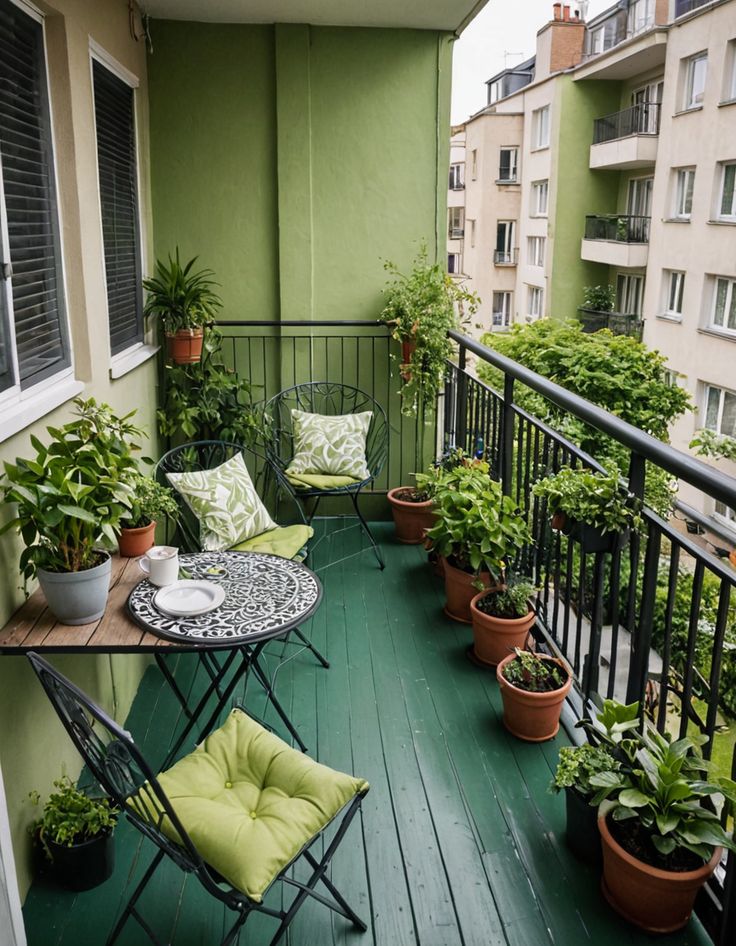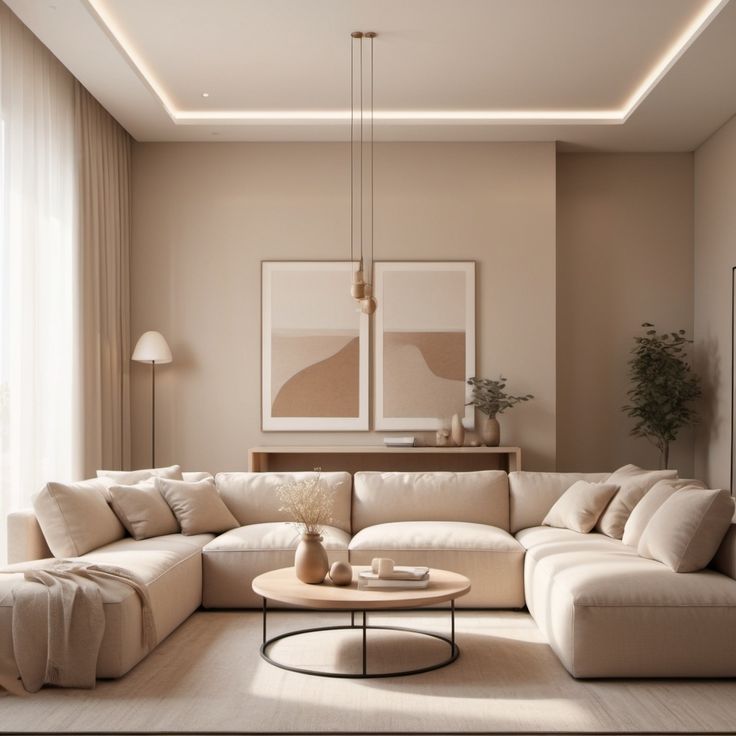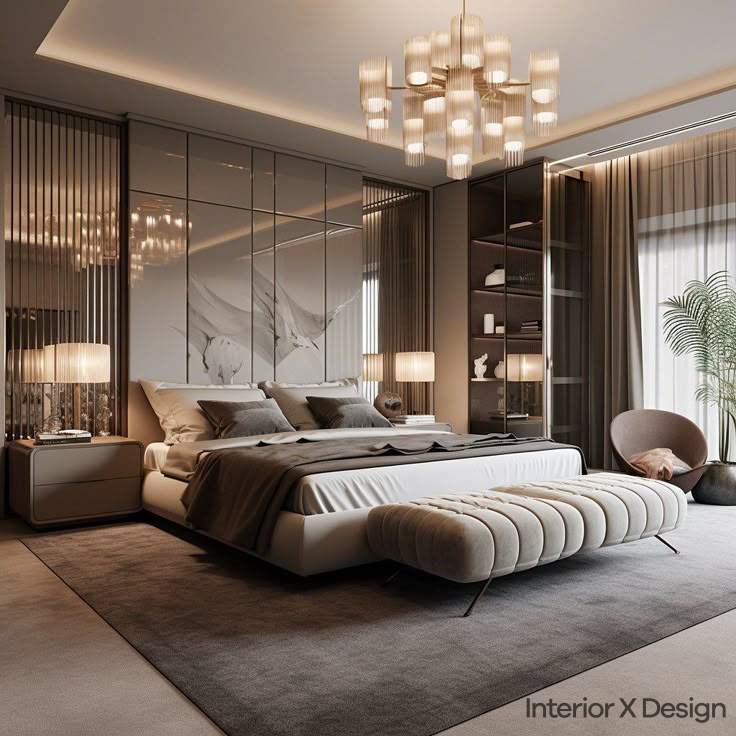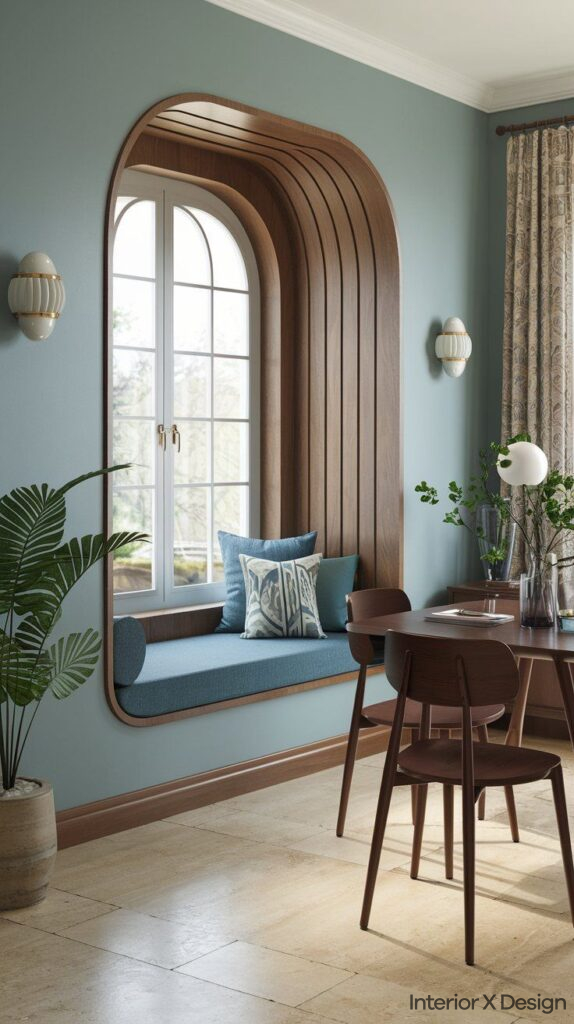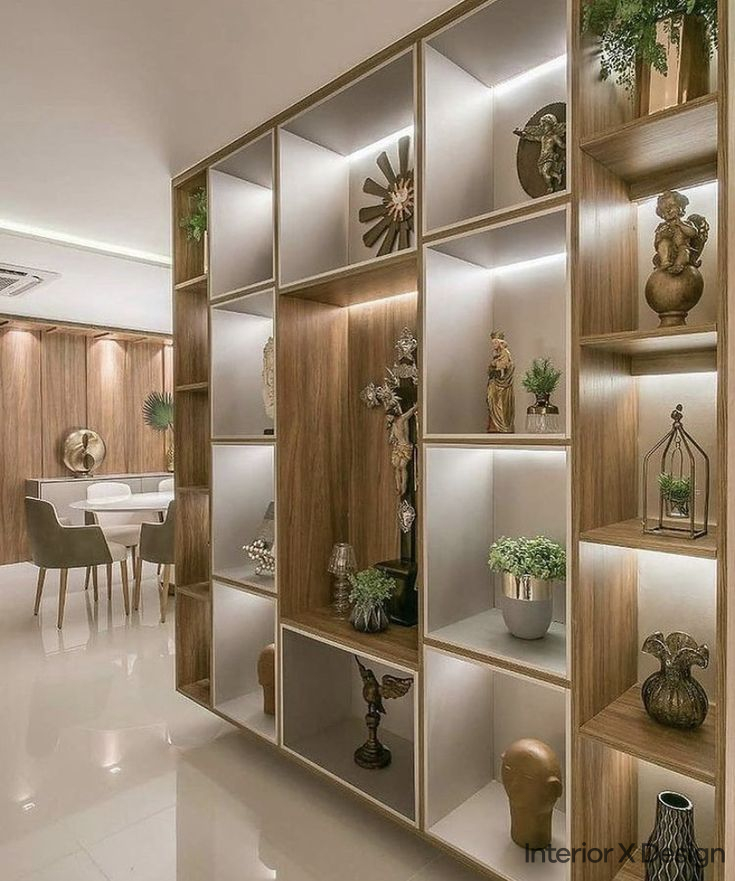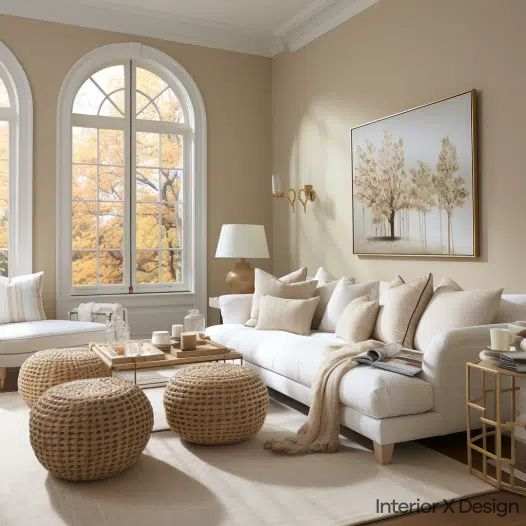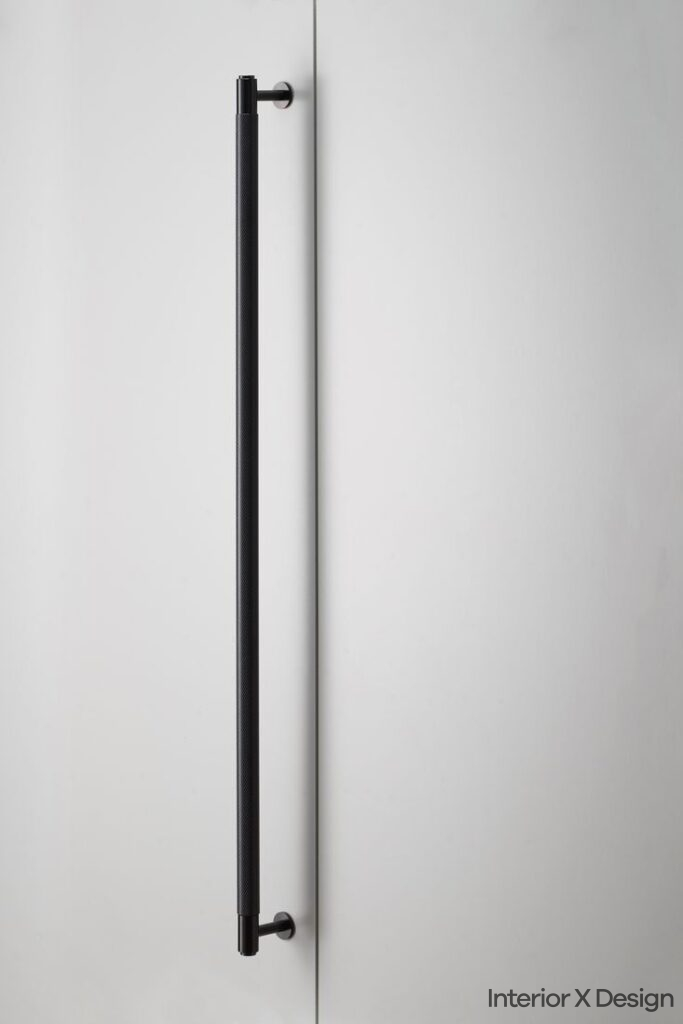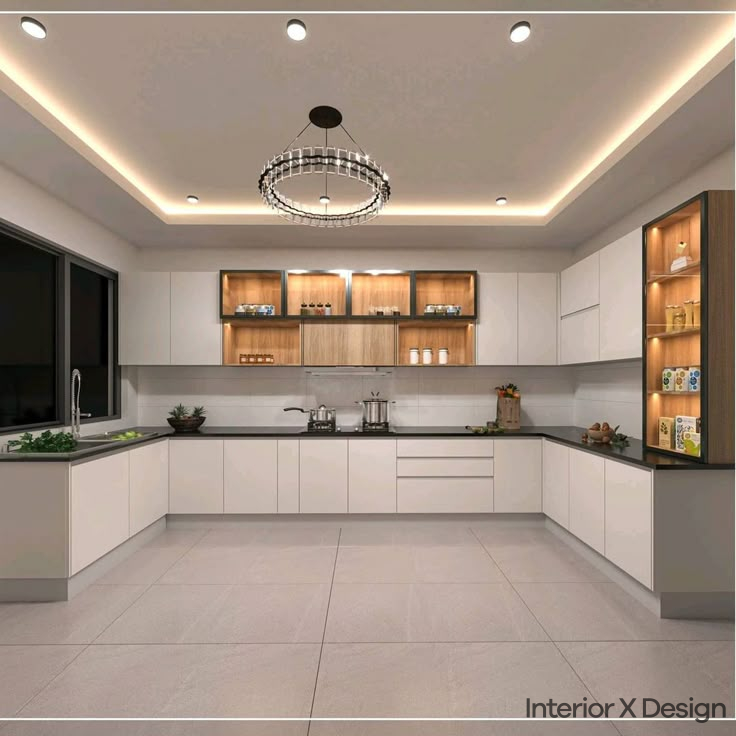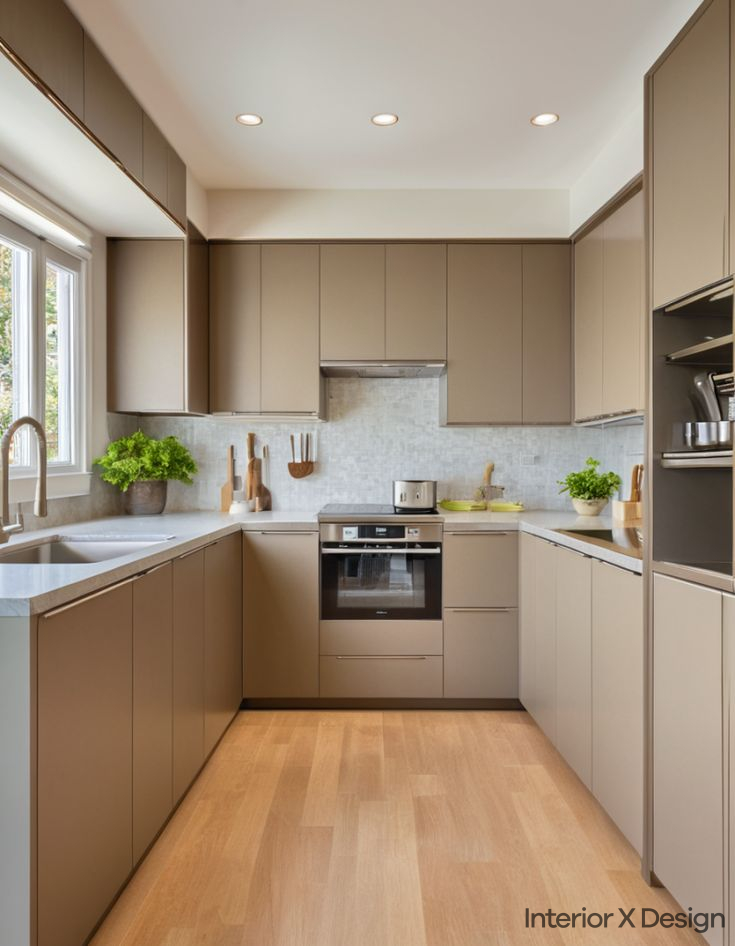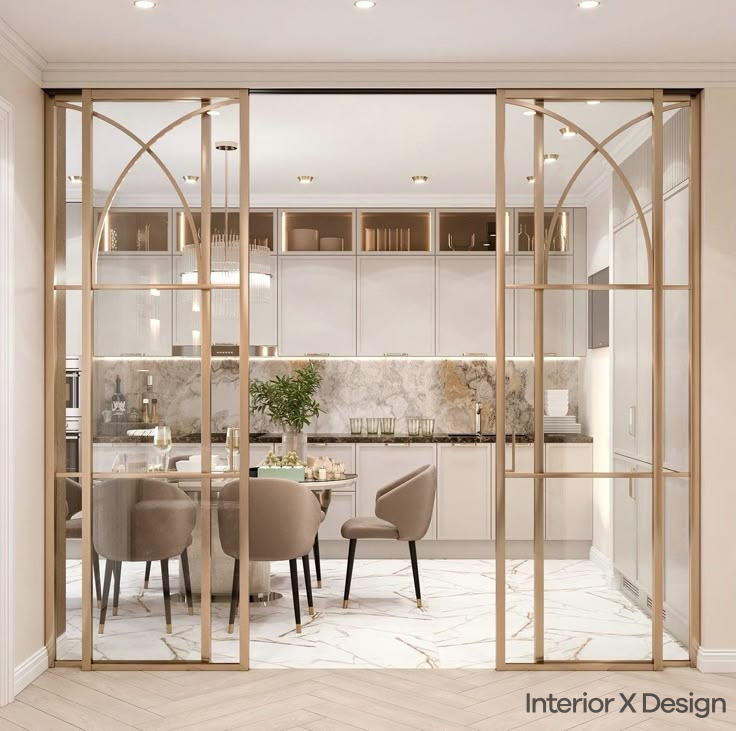I recently moved into a new home with my family. The house has beautiful original wood floors and molding that add wonderful character. However, some of the layout and décor felt outdated for our contemporary lifestyle. I faced the design dilemma of wanting to keep the home’s classic architectural details while also creating a fresh, current interior suited to a young family. During my design research, I discovered the interior design concept of transitional style.
Transitional interior design skillfully blends old and new elements for a timeless look. As I explored information on Interior X Design and other sources, I realized transitional style was the perfect approach for updating my traditional home without losing its vintage personality. Through careful furniture selection, thoughtful color choices, and well-balanced accessory styling, I’ve been able to bridge past and present. Read on for an overview of transitional décor and tips for gracefully marrying classic and contemporary interior design.
What is Transitional Interior Design?
Transitional interior design combines traditional and contemporary design for a seamless fused look. It captures the best of both old and new, from furnishings to color palettes. The transitional décor ethos respects a home’s architecture and classic features while freshening the interior for 21st-century living. This versatile design style suits many spaces, from formal living rooms to casual family areas. Through harmonious blending, transitional interiors mix modern comfort with time-honored character for an updated yet classic allure.
Why Choose Transitional Decor?
For homeowners like myself aiming to update interiors while honoring the original architectural details of our house, transitional design gracefully bridges past and present. Rather than starkly contrasting old and new, it artfully integrates both aesthetics. Transitional style allowed me to maintain my home’s traditional charm while customizing it to my family’s contemporary needs and preferences. If you seek to refresh a space without erasing its heritage, transitional décor provides the ideal design solution.
Key Characteristics of Transitional Design
Transitional style seamlessly fuses old and new through these key characteristics:
- Balanced mixture of traditional and contemporary elements
- Neutral color palette often accented with bold pops of color
- Timeless, simple silhouettes on upholstered furniture
- Blend of vintage and modern decorative accessories
- Combination of patterned and textured fabrics
- Feature walls to add visual interest
- Modern or vintage chandeliers and lighting
- Original features like crown molding preserved and highlighted
- Sleek yet comfortable furnishings
How to Achieve a Transitional Look
When skillfully blended, traditional and modern elements can effortlessly work in unison to create transitional style. Follow these key tips for gracefully fusing classic and contemporary aesthetics:
Furniture
The foundation of transitional décor lies in upholstered seating with vintage charm but contemporary lines. For my living room, I chose two slim rolled-arm sofas with timeless appeal, a traditional wingback chair, and two mid-century modern accent chairs. This creates visual interest while avoiding stark contrast. Incorporate antiques, vintage finds, and classic architectural furniture like tufted ottomans or curved end tables for old-world allure balanced by clean-lined modern pieces. Select simple, pared-back silhouettes with fine tailoring and timeless shapes.
Fabrics and Textiles
Layer patterned and textured cushions, throws, rugs, and window treatments in natural fibers like linen, wool, and cotton. Patterns like subtle plaids, classic stripes, and small florals marry old and new when styled together. Incorporate faux fur throws and sheepskin rugs for cozy modern textures. Balance feminine florals with rugged tribal patterns.
Color Palette
A neutral backdrop united by tones like beige, cream, and light tan allows seamless blending. Then punctuate with bold punches of black and modern hues like navy blue for contemporary contrast. Accent table vases and toss pillows in deep emerald green, rich eggplant, and citrus orange enliven the space with color. Distressed wood furniture also adds contrast for visual depth.
Accessories and Artwork
Display artwork and objects with a mix of antique and modern aesthetics—like black-and-white photography, tribal sculptures, and nature-inspired ceramics. Incorporate worldly elements like maps, globes, and artifacts reminiscent of treasured travel trinkets and family heirlooms. Round-framed mirrors, metallic finishes, and agate-inlaid stone objects balance sleek surfaces with vintage richness.
Architectural Features and Finishes
Showcase original building characteristics like ceiling beams, crown molding, wainscoting panels, or fireplace mantels as prized focal points. Highlight classic archways or niches displaying Greco-Roman-inspired statuettes. Preserve vintage hardware, lighting, and aged patina finishes. Integrate architectural salvage pieces like antique door frames, reclaimed barn wood, or vintage light fixtures.
Modern Updates
Weave in contemporary elements like streamlined furniture frames, polished stone surfaces, glass décor objects, and modern art for sleek balance. Stainless steel, acrylic, concrete, and leather add clean-lined influence. Customize the space with built-in bookshelves or media cabinets tailored for tech tools and devices.
Lighting
Illuminate spaces with modern chandeliers for bold contemporary style while vintage wall sconces emit an ambient glow. Drum-shaped pendants work well over a mix of old and new furnishings. Update candelabra bulbs with Edison-style bulbs for modern edge. Add floor lamps behind seating areas for soft, cozy lighting.
Window Treatments
Choose transitional-friendly Roman shades, relaxed curtains, or natural woven blinds. For my formal living room, I hung relaxed ivory linen curtains softened by an inner sheer panel to let light through. In my casual family room, I chose textured linen Roman shades in a soft stripe pattern. Both effortlessly span traditional and contemporary allure.
Front Entryway
Your entryway makes a first impression, so seek timeless appeal. Balance vintage elements like an antique library table showcasing books and orchids with modern touches like streamlined mirrors and contemporary console table lamps. Suspend a large printed global map as art reflecting transitional style’s worldly aesthetic.
Explore Related Styles
Transitional design blends beautifully with other styles. Consider exploring:
- Traditional Interior Design: Master the Art of Timeless Décor
- Contemporary Interior Design: Sleek and Modern Comfort Ideas
- Shabby Chic Interior Design: Modernizing Vintage Finds
- Mid-Century Modern Interior Design: How to Mix It Into Your Décor
Conclusion
For those seeking to refresh their home’s interior while respecting its heritage, transitional interior design gracefully bridges past and present with its skillful fusion of old and new. By following the tips outlined, traditional spaces can be adapted to better support contemporary lifestyles. Visit Interior X Design to explore more smart tips showcasing how transitional décor can help you create the perfect style marriage blending vintage charm with modern flair.



